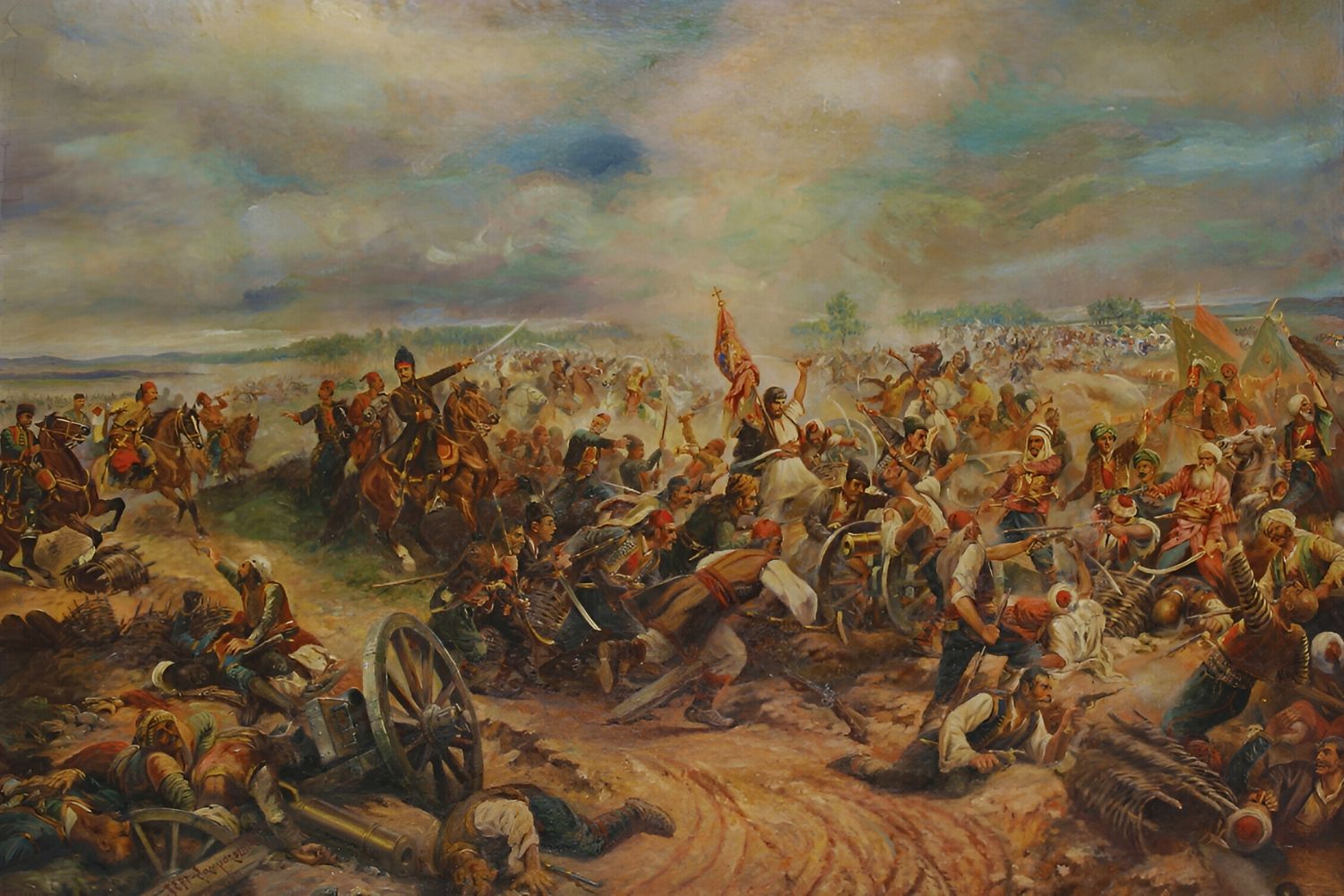Who was Artemis? Known as the goddess of the hunt, wilderness, and wild animals, Artemis was a major figure in Greek mythology. She was also associated with childbirth and the protection of young girls. Artemis was the daughter of Zeus and Leto, and the twin sister of Apollo. Often depicted with a bow and arrows, she roamed forests and mountains, accompanied by a group of nymphs. Her fierce independence and protective nature made her a beloved deity among the ancient Greeks. Artemis was not just a huntress; she was a symbol of strength, purity, and the untamed aspects of nature. Curious to learn more? Let's dive into 34 fascinating facts about this captivating goddess!
Key Takeaways:
- Artemis, the Greek goddess of the hunt and wilderness, is known for her eternal virginity, fierce protection of wildlife, and role as a guardian of young girls and women during childbirth.
- Artemis is often depicted with her bow and arrows, hunting dogs, and sacred animals like the stag and bear, symbolizing her strength, independence, and connection to nature.
Who is Artemis?
Artemis, one of the most revered deities in Greek mythology, is known as the goddess of the hunt, wilderness, and childbirth. She is often depicted with a bow and arrows, symbolizing her prowess as a huntress. Here are some fascinating facts about this powerful goddess.
- Artemis is the daughter of Zeus and Leto, making her a member of the Olympian gods.
- She has a twin brother, Apollo, who is the god of the sun, music, and prophecy.
- Artemis is associated with the moon, while her brother Apollo is linked to the sun.
- She is often depicted with a stag or hunting dogs, emphasizing her role as the goddess of the hunt.
- Artemis is known for her eternal virginity, symbolizing purity and independence.
- She is a protector of young girls and women, especially during childbirth.
- Artemis was worshipped in many parts of Greece, with her most famous temple located in Ephesus, one of the Seven Wonders of the Ancient World.
Artemis and Her Symbols
Artemis is often represented by various symbols that highlight her attributes and powers. These symbols are crucial in understanding her role in Greek mythology.
- The bow and arrow are her primary symbols, representing her skills as a huntress.
- The crescent moon is another symbol associated with Artemis, linking her to the night and the lunar cycle.
- The stag is a sacred animal to Artemis, symbolizing her connection to the wilderness.
- Cypress trees are often linked to Artemis, representing her role as a nature goddess.
- Hunting dogs are frequently depicted alongside Artemis, showcasing her hunting prowess.
- The bear is another animal sacred to Artemis, often associated with her protective nature.
Myths and Legends of Artemis
Artemis features prominently in many myths and legends, each highlighting different aspects of her character and powers.
- In the myth of Actaeon, Artemis transforms a hunter into a stag after he accidentally sees her bathing, demonstrating her fierce protection of her privacy.
- The story of Orion, a giant huntsman, involves Artemis either killing him accidentally or deliberately, depending on the version of the myth.
- Artemis played a role in the Trojan War, where she sided with the Trojans and sent a deer to be sacrificed to appease her anger.
- The myth of Niobe tells of a queen who boasted about her children, leading Artemis and Apollo to kill them in retribution.
- In the tale of Callisto, Artemis transforms one of her nymphs into a bear after she breaks her vow of chastity.
Artemis and Her Worship
The worship of Artemis was widespread in ancient Greece, with various rituals and festivals dedicated to her.
- The Brauronia festival, held in Brauron, was one of the most important festivals dedicated to Artemis, involving young girls dressing as bears.
- The festival of Artemis Orthia in Sparta included rituals and competitions to honor the goddess.
- Artemis was also worshipped in Arcadia, where she was known as Artemis Lykaia and associated with wolves.
- The Ephesian Artemis, worshipped in Ephesus, was a distinct version of the goddess with a unique cult and temple.
Artemis in Art and Literature
Artemis has been a popular subject in art and literature throughout history, inspiring countless works.
- Ancient Greek pottery often depicts Artemis with her bow and arrows, hunting animals.
- The Roman poet Ovid wrote extensively about Artemis in his work "Metamorphoses."
- The famous statue of Artemis of Ephesus shows her with multiple breasts, symbolizing fertility and abundance.
- Renaissance artists like Titian and Rubens created paintings featuring Artemis, highlighting her beauty and strength.
- Modern literature and films continue to draw inspiration from Artemis, portraying her as a symbol of female empowerment.
Interesting Facts About Artemis
There are many lesser-known facts about Artemis that reveal more about her character and influence.
- Artemis was one of the few deities who could travel between the mortal world and the underworld.
- She was known to punish those who harmed animals, reflecting her role as a protector of wildlife.
- Artemis had a group of nymphs who accompanied her on her hunts, known as the "Artemisian Nymphs."
- She was often invoked by women seeking protection during childbirth, as she was believed to ease labor pains.
- Artemis was considered a guardian of chastity, and her followers were expected to remain pure.
- The constellation Orion is said to be named after the giant huntsman who was a companion of Artemis.
- Artemis is sometimes depicted as a warrior goddess, emphasizing her strength and independence.
The Legacy of Artemis
Artemis, the Greek goddess of the hunt, wilderness, and moon, has left an indelible mark on mythology. Her stories, filled with adventure and mystery, continue to captivate us. From her fierce independence to her role as a protector of women and children, Artemis embodies strength and compassion.
Her twin brother, Apollo, often shares the spotlight, but Artemis stands out with her unique attributes. She’s not just a huntress; she’s a symbol of nature's untamed beauty and the power of the feminine spirit. Her myths remind us of the importance of respecting nature and the balance it brings to our lives.
Whether you’re a mythology buff or just curious about ancient tales, Artemis offers a rich tapestry of stories that inspire and teach. Dive into her world, and you’ll find a goddess who’s as relevant today as she was in ancient times.
Was this page helpful?
Our commitment to delivering trustworthy and engaging content is at the heart of what we do. Each fact on our site is contributed by real users like you, bringing a wealth of diverse insights and information. To ensure the highest standards of accuracy and reliability, our dedicated editors meticulously review each submission. This process guarantees that the facts we share are not only fascinating but also credible. Trust in our commitment to quality and authenticity as you explore and learn with us.


